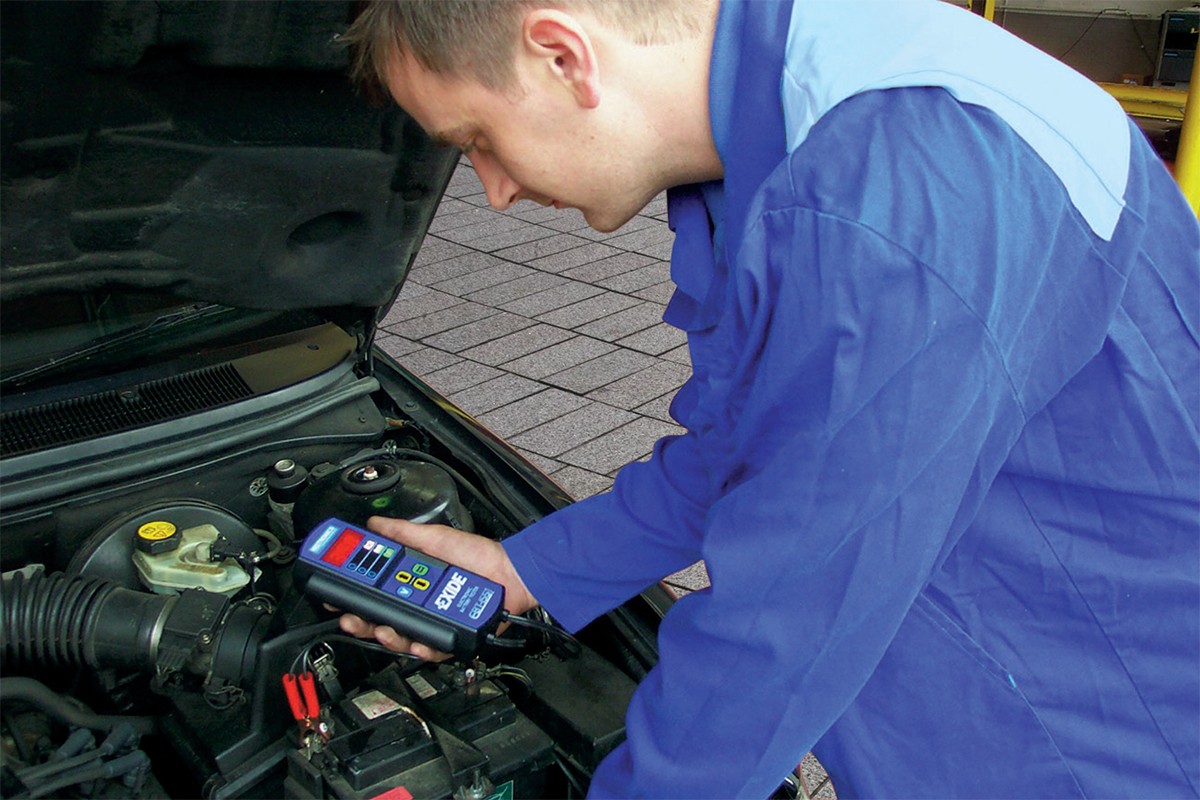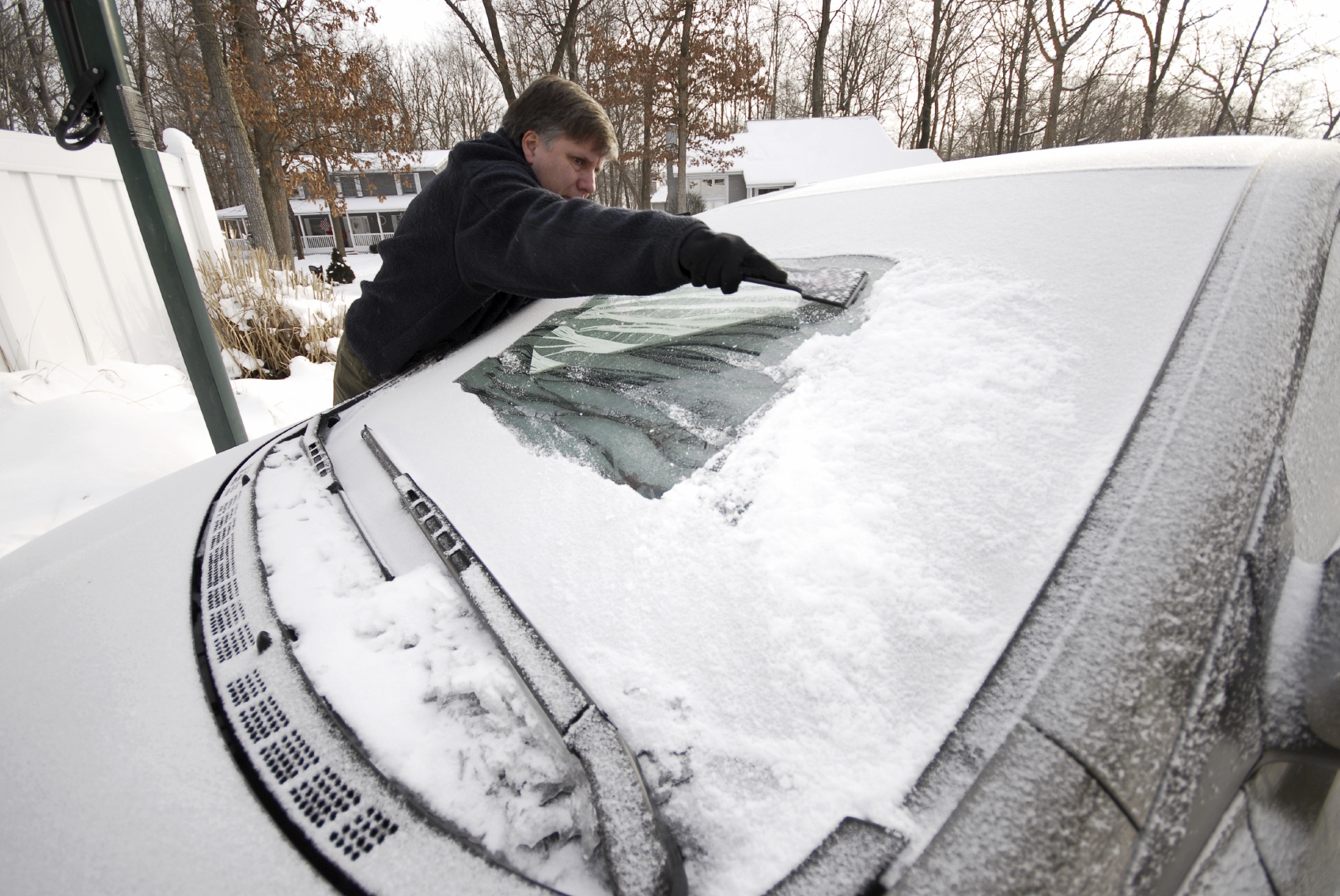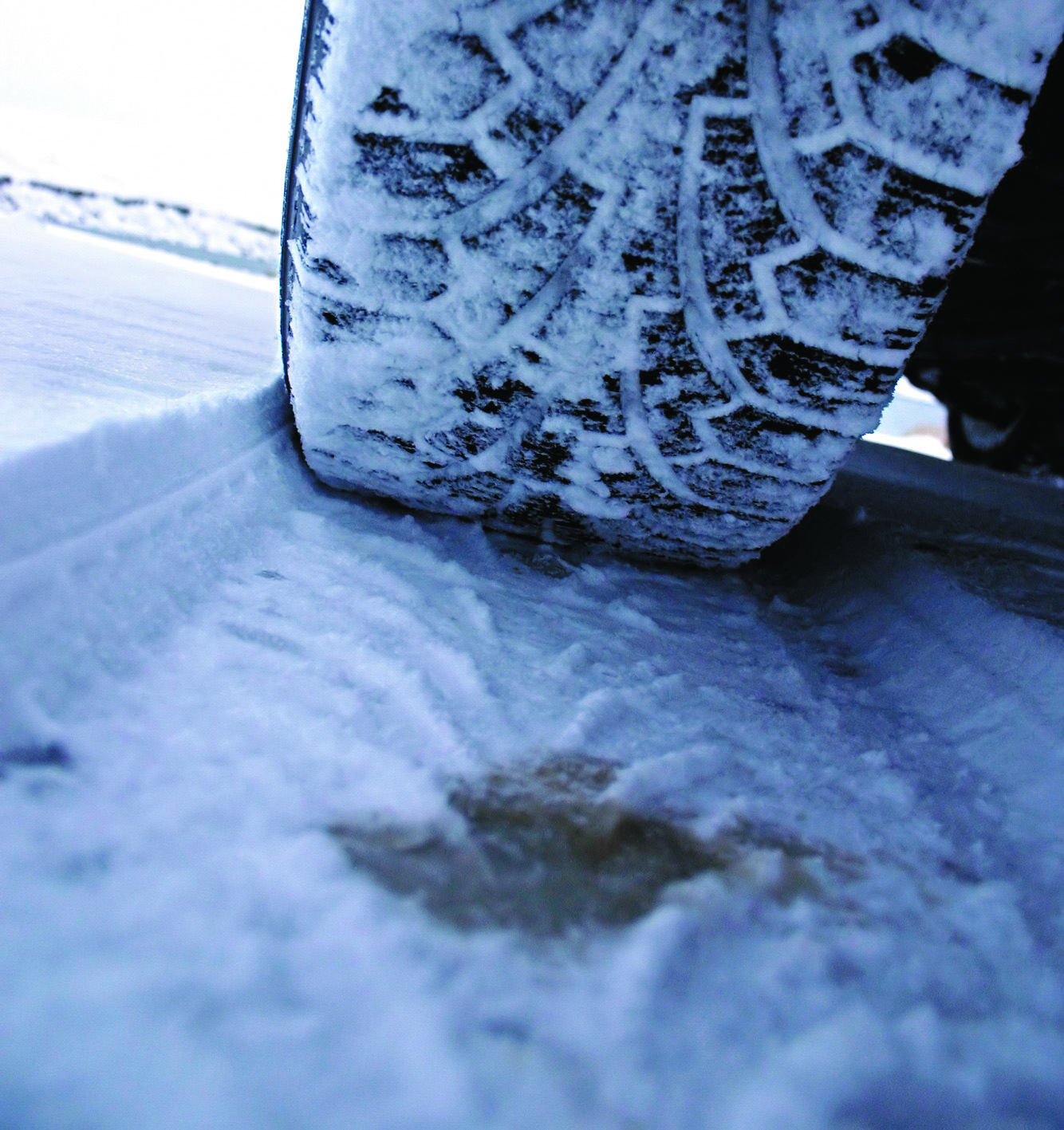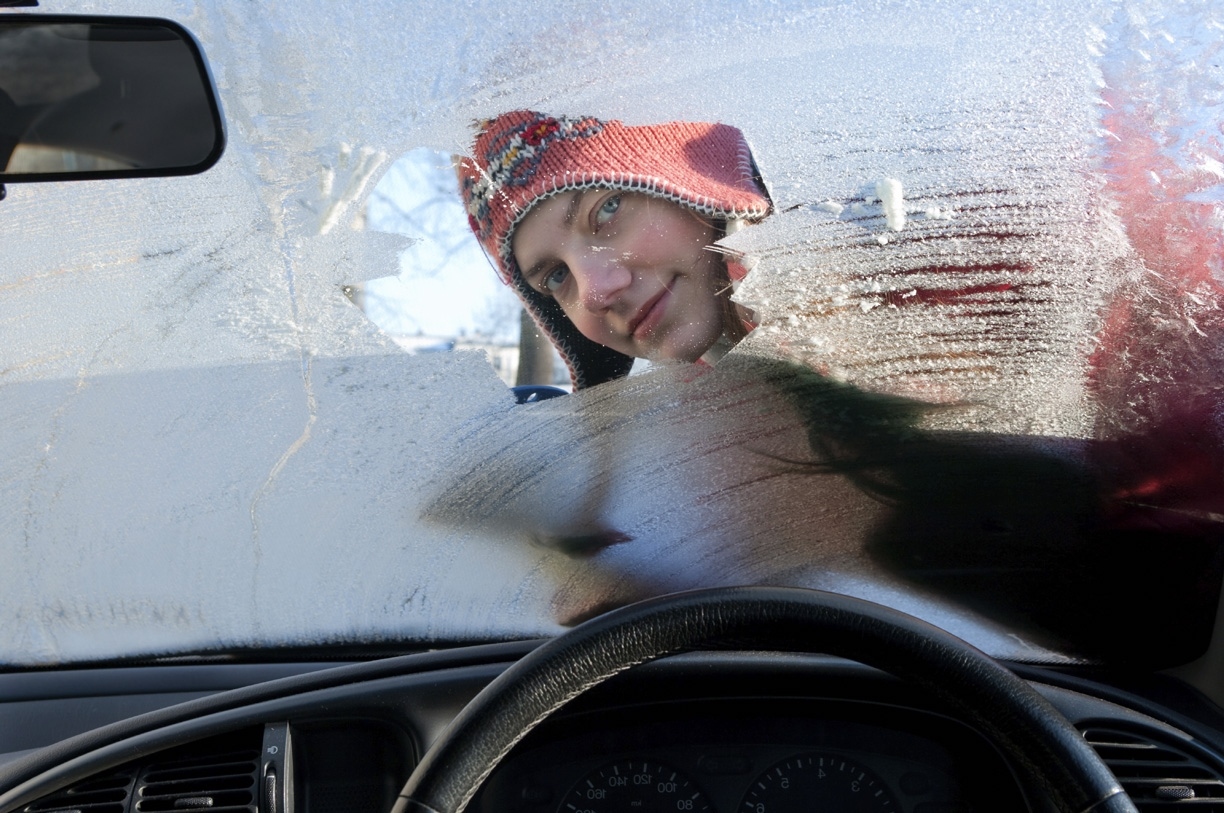Okay, it’s been wet, windy and mild recently – but when the cold weather really sets in it can leave you feeling the chill in more ways than one. From dead batteries to rust spots, wrecked engines and wrecked bodywork, it makes sense to start preparing now for the worst of the wintery weather ahead. As for the current flood situation, if you do have to drive through standing water, drive slowly and steadily to prevent creating a bow wave. As little as 30cm is enough to float a car, so don’t take any risks. If you feel the car aquaplaning in heavy rain, hold the steering lightly and lift off the throttle until you feel the tyres grip again…

1. Guilty as charged
Modern sealed batteries give very little warning when they’re about to give up the ghost, so do a simple voltage check to see if it’s likely to last out the winter. If you’re getting 12.6-13V, you should be okay. Applying Vaseline to the terminals will also help. If you’re still in any doubt about your battery’s health, quick fit type exhaust centres and good local garages have specialist testing equipment that will give it the all clear.

2. Get smart
Road salt can quickly transform a stonechip into something a lot more ugly, so act now before you end up having to repaint an entire panel. Paint sticks are available for most VAG hues, otherwise get a SMART body repair outfit to carry out the necessary touch up work. Of course valuable air cooled tin should have been thoroughly wax protected already, although there’s no reason why you shouldn’t be able to carry this out now in a warm, dry workshop.
3. A bit of oil-right
Thanks to modern multigrade brews, gone are the days of having to use a thin 20 monograde during winter and a thicker 40 or 60 grade in the hotter months. However, it’s wise to carry out an oil and filter change before the onset of cold weather to avoid water and acids from the combustion process separating out and causing internal corrosion. Moreover, having to crawl underneath a car in the snow to drain the oil isn’t much fun!
4. Polished act
Leaf sap, salt and general road grime can ruin paintwork – so give your car a really good wax treatment while you’ve still got the chance. It’s crucial to keep a car clean to avoid contaminants and oxidisation damaging bodywork. Ideally use a wax that contains hydrophobic polymers so water will bead and blow off the paint surface when it rains. A seriously good polish will make keeping your car clean easier during the dark winter months.

5. Wheel thing
Whether you’ve got alloys or traditional ‘steelies’, don’t forget to protect your wheels as well. Any damage to the laquer coating on alloy wheels will allow the alloy beneath to corrode, so touch up any damage before brake dust and salt gets to work on it. Same goes for steel wheels, and don’t forget to give wheels a layer of wax protection after cleaning.

6. Cracking time
Defrosting a car’s windows can be a painful experience, in more ways than one. It’s tempting to use boiling water from a kettle, but if your screen’s got the slightest crack or chip it will suddenly get massively worse if you dowse it in hot water. It might make your hands blue, but using a traditional ice scraper is best. Alternatively, shove a blanket over the screen the night before.

7. Tread carefully
The type and quality of rubber fitted to your car can have a big impact on how it behaves in the wet, ice and snow. Ideally, fit winter tyres which have stickier rubber with a high silica content and special tread patterns which evacuate water from the tread surface more efficiently, making them more grippy. Ideally, have a spare set of wheels with winter tyres already fitted so you avoid having to pay a tyre fitter to make the switchover at the start and end of a cold snap.

8. A load of hot air
We all know misting up in an older car like a VW Beetle can be a bit of a nightmare in the winter and sticking your head out of the quarter light to see what’s up ahead isn’t really an option. The obvious first step to improve visibility is to make sure your heaters are working efficiently so replace rotten heater channels and make sure the heat exchangers and the cables that operate them aren’t seized solid. On top of that, you could always try a product such as Rain-X which will help.
9. Drive right
Because of its rear engine, rear-wheel drive configuration driving an older air-coolded Veedub in snow can be a fun experience. But it helps if you put a sack of spuds under the bonnet or in the bay area to weigh down the front end and give the steering wheels a bit of extra traction. Other driving tips in wintry conditions basically involve getting your speed right – not too fast so you risk losing control but not so slow that you lose momentum. Accelerate, brake and steer as gently as possible and avoid using high revs. With air-cooled Dubs or cars without ABS, practice cadence braking; as soon as you feel the tyres lose traction, take your foot of the pedal, then reapply in a pulsing action. If you get yourself in a skid, the key thing to remember is to take your foot off the accelerator and steer, remembering not to slam on the brakes. Double or even triple your normal stopping distance.

10. Be prepared
If you do venture out in treacherous conditions, go prepared. Make sure you’re mobile’s fully juiced and pack a warm coat and strong shoes just in case you get stranded and need to walk to find help. A shovel could also come in useful. Oh, and if it’s really bad – sit tight, grab a mug of tea, a leftover mince pie and stay at home…
Go safely!
Ian

